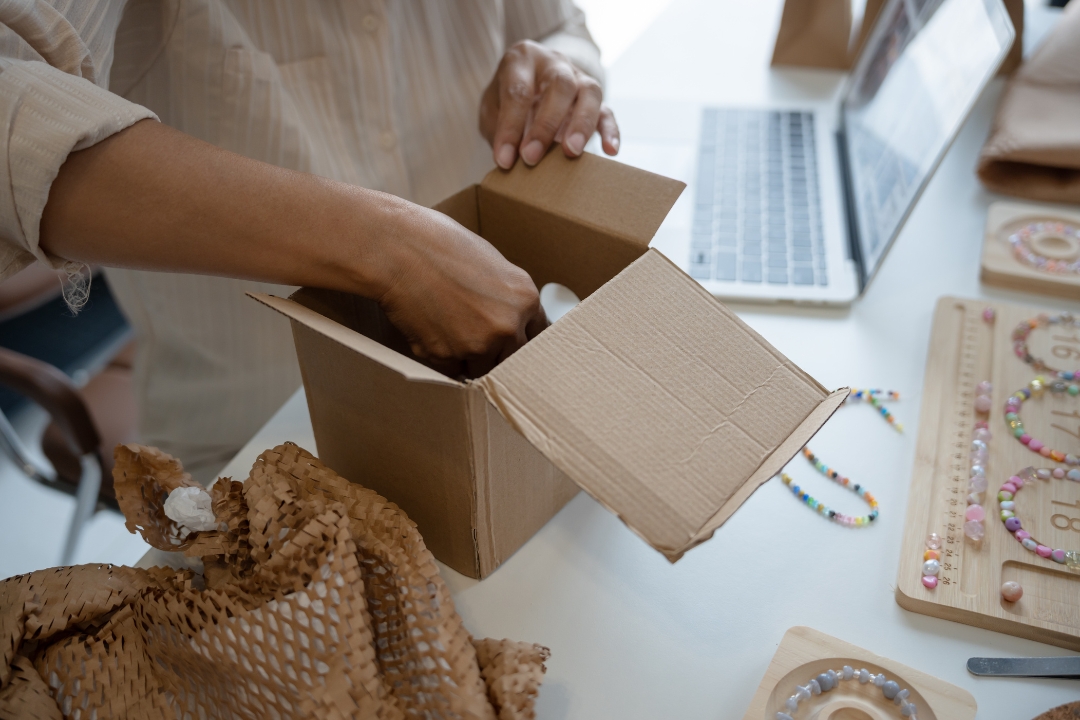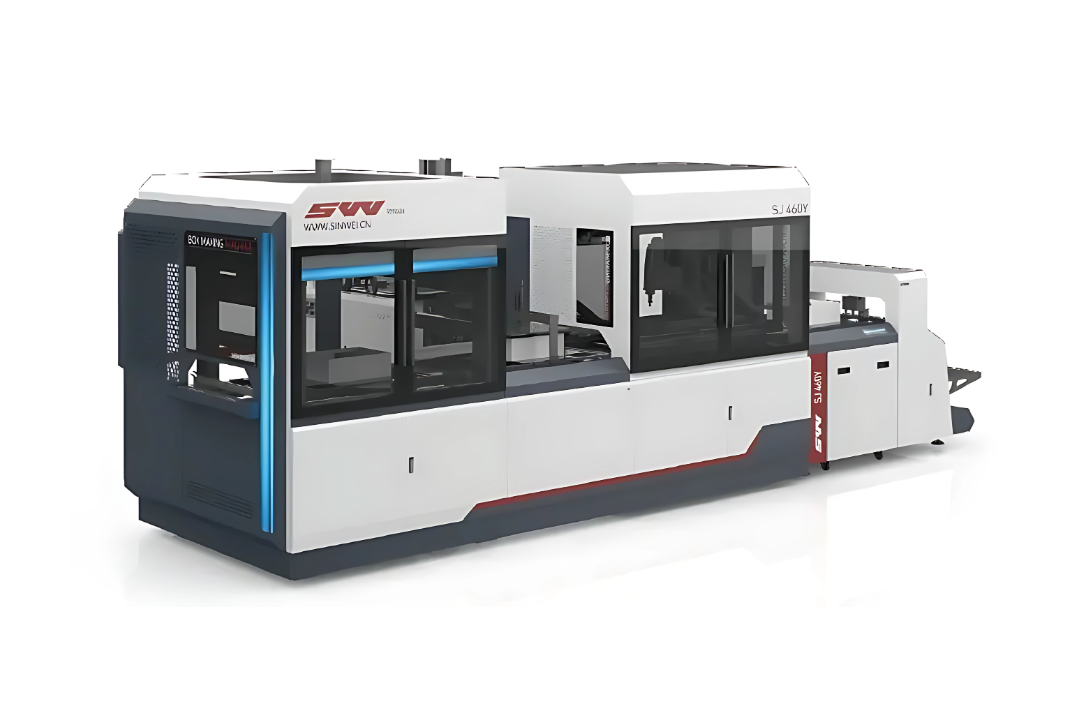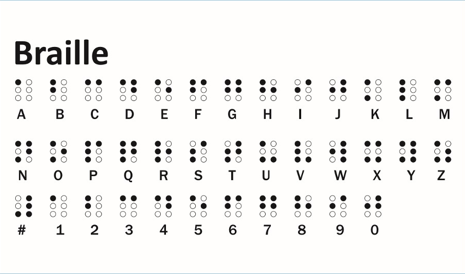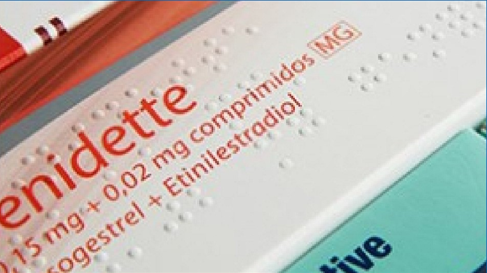The Growing Demand for Rigid Boxes in India’s E-Commerce Market
India’s E-Commerce Market has radically changed over the past ten years and has changed the shopping behavior of consumers as well as brand operations. Packaging has become a major component of online success with increasing customer demands and stiff competition. Rigid boxes are among other types of packaging that are recording a massive demand as brands seek to provide not only protection but also high value. Why Rigid Boxes Are Becoming Popular in E-Commerce Luxury retail stores do not have exclusive rights to rigid boxes anymore. Nowadays, they are a popular online brand packaging option because of its strength, high quality feel, and flexibility in customisation. Premium Unboxing Experience Packaging is now viewed by customers as a continuation of the brand. Rigid box packaging: Enhances the unboxing experience Creates a premium and memorable impression Helps brands position themselves as high-quality or luxury Superior Protection During Transit The distribution of products in India takes long routes and several points of handling. Rigid boxes provide: High structural integrity. High impact, moisture, and compression protection. Lowered returns due to damage to the product. Wide Customisation Options Custom rigid boxes can be easily designed to show the identity of the brands. Popular features include: High-quality printing and branding Magnetic closures and sleeves Window cut-outs, textured finishes, and foil stamping Custom shapes and sizes for niche products Industry Segments Driving High Demand Some of the product lines within the Indian e-commerce market are sensitive and brand positioning related, thus requiring inflexible packaging. Electronics & Gadgets Smart wearables, accessories, and mobile phones utilize rigid boxes due to the demand of high-quality packaging and product security by the customers. Beauty, Cosmetics & Personal Care The emerging D2C beauty brands are biased towards luxury packaging solutions that enable them to develop a robust online presence and increase product perception. Fashion, Apparel & Accessories Rigid boxes offer an elegant presentation for: Jewellery Watches Premium apparel Fashion accessories Gourmet Food, Bakery & Premium FMCG The presentation of hampers and high-quality foodstuffs may need hard and good-looking packaging, and rigid boxes can be an excellent option to choose. Impact on Brand Perception and Customer Loyalty Customers, in online retailing, tend to judge a brand by the appearance and feel of the products as they are received. Brands benefit by using rigid box packaging: Be distinguished in a competitive online environment. Improve customer trust Encourage repeat purchases Develop unboxing trends on social-media. One well-created box can have effects on the conversations and recommendations made by customers toward a brand. Sustainability Trends Shaping Rigid Box Manufacturing Today consumers are increasingly aware of their environmental preferences and brands are being driven toward more environmentally friendly packaging. Manufacturers are retaliating with: Recycled grey board and kraft-based rigid boxes Reusable premium boxes Reduced plastic components Eco-friendly coatings and inks This is boosting the demand for rigid boxes in the e-commerce market of India. How Indian Manufacturers Are Meeting This Demand India has emerged as a large centre of manufacturing rigid boxes of high quality. With the help of modern production devices, printing technology, and carton packaging machines in India, nowadays manufacturers are able to fulfill bulk e-commerce orders by quality and volume. Leading rigid box manufacturers offer: Bulk and short-run manufacturing D2C brand packaging solutions Faster delivery timelines Critical finishing using superior equipment This is efficiency and innovation that is driving the increase in rigid packaging in industries. Conclusion Due to the fact that the e-commerce market in India is still growing, the importance of quality packaging cannot be overestimated. The rigid box is becoming the most preferred option that serves as a brand that is durable, has high quality, and a good brand image. Rigid box packaging will continue to expand as more electronics, beauty, fashion, and gourmet segments are demanded as well as the development in manufacturing. Flexible box brands that want to be differentiated and offer a superior customer experience will remain in the use of rigid boxes as a key element in their packaging strategy.









